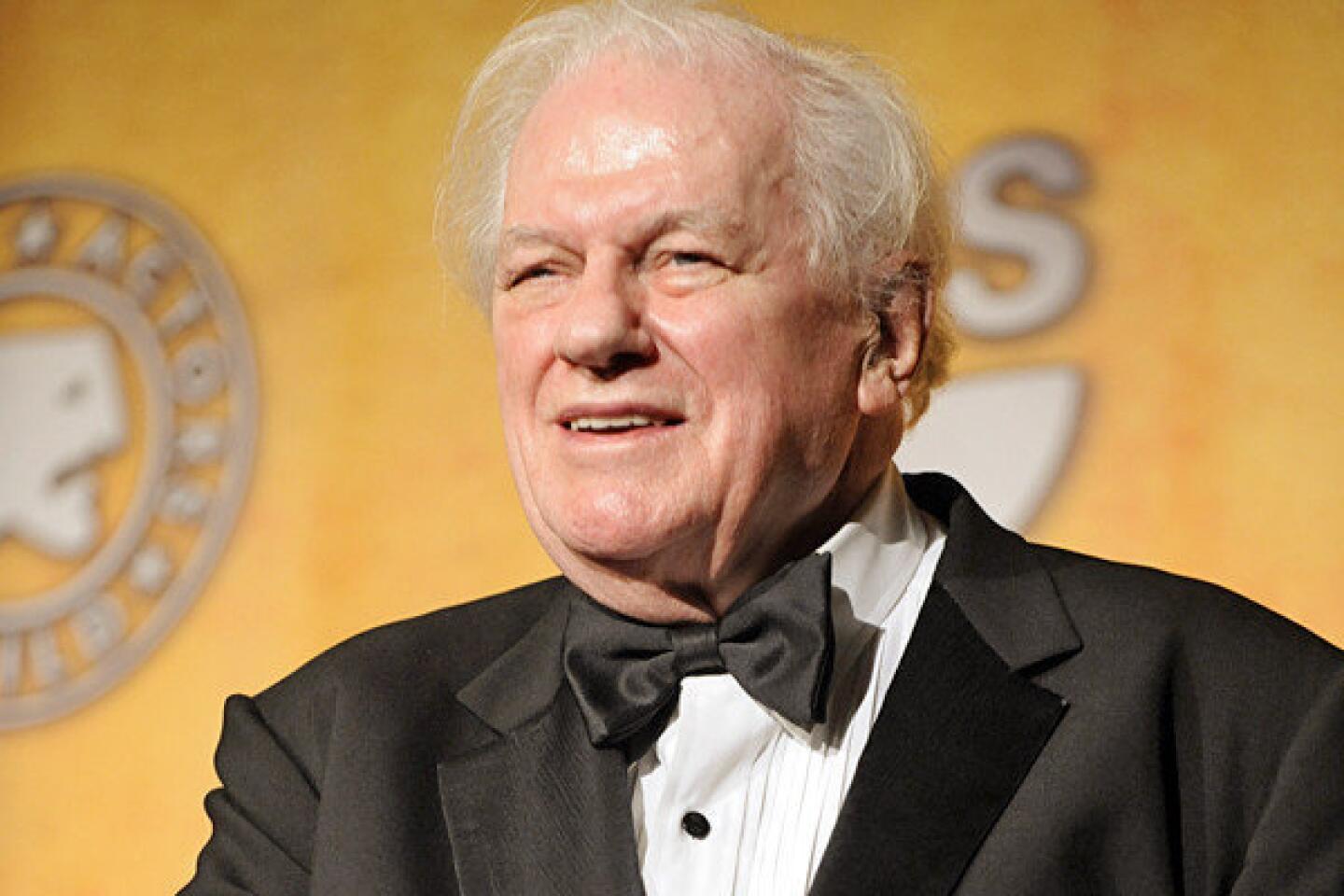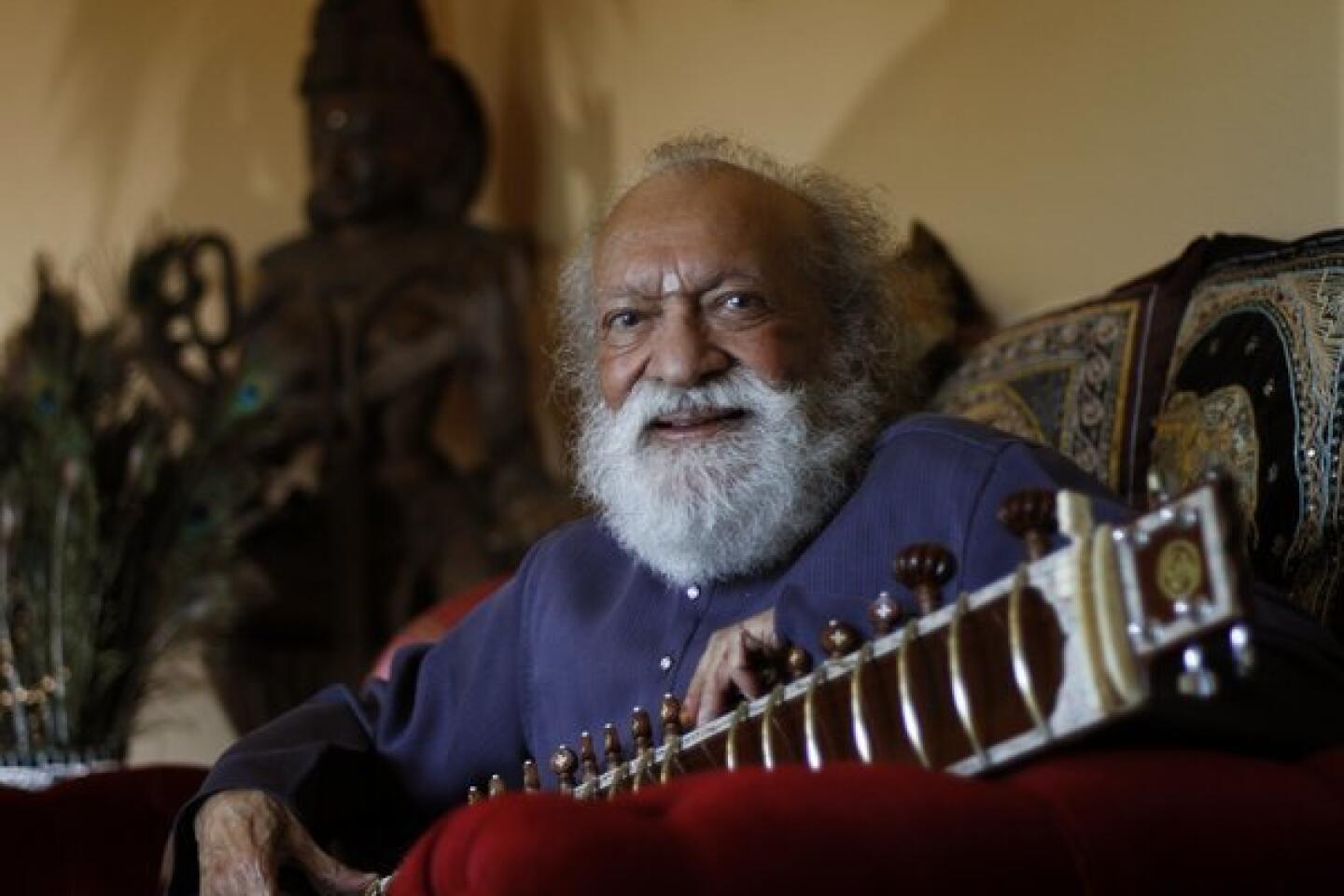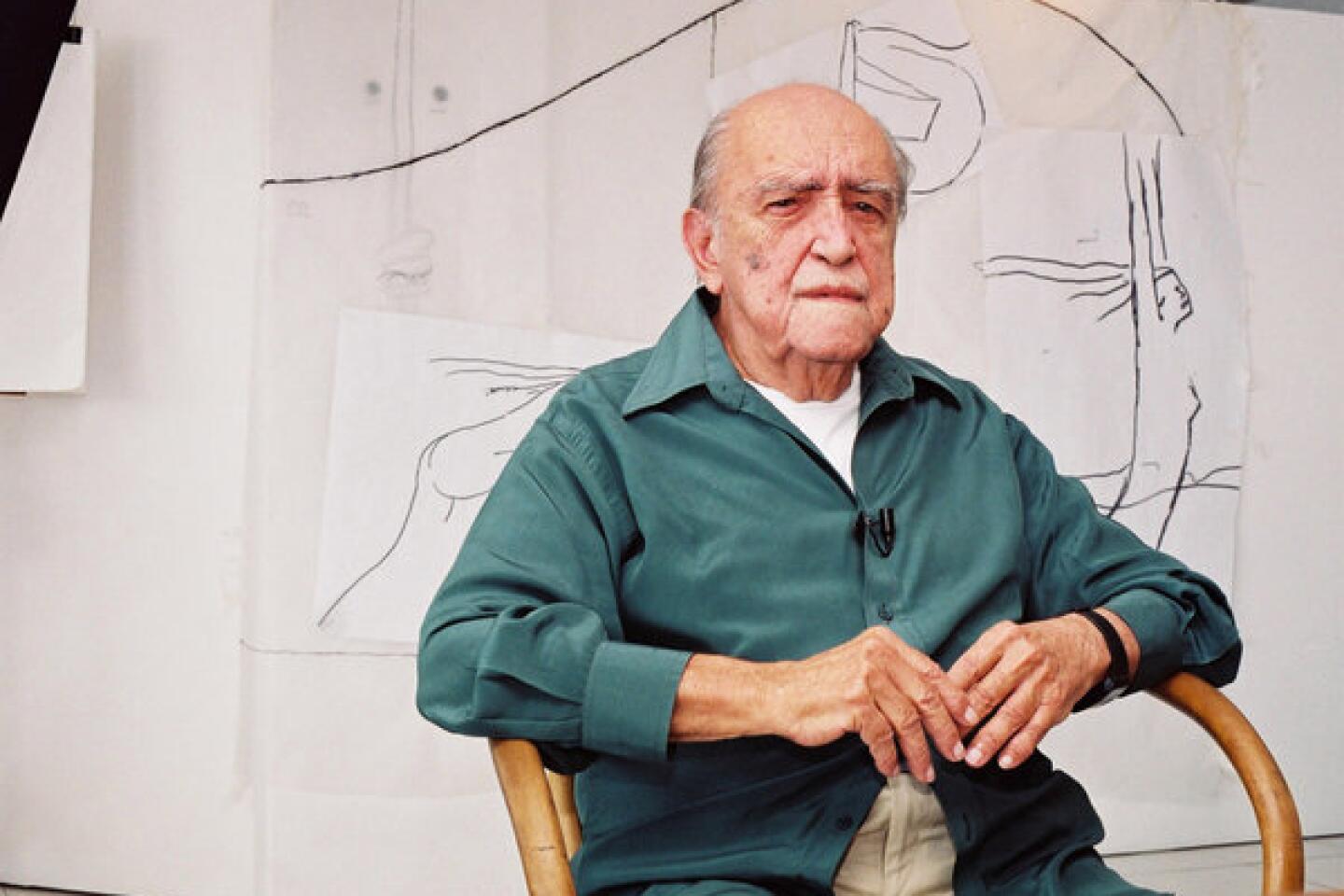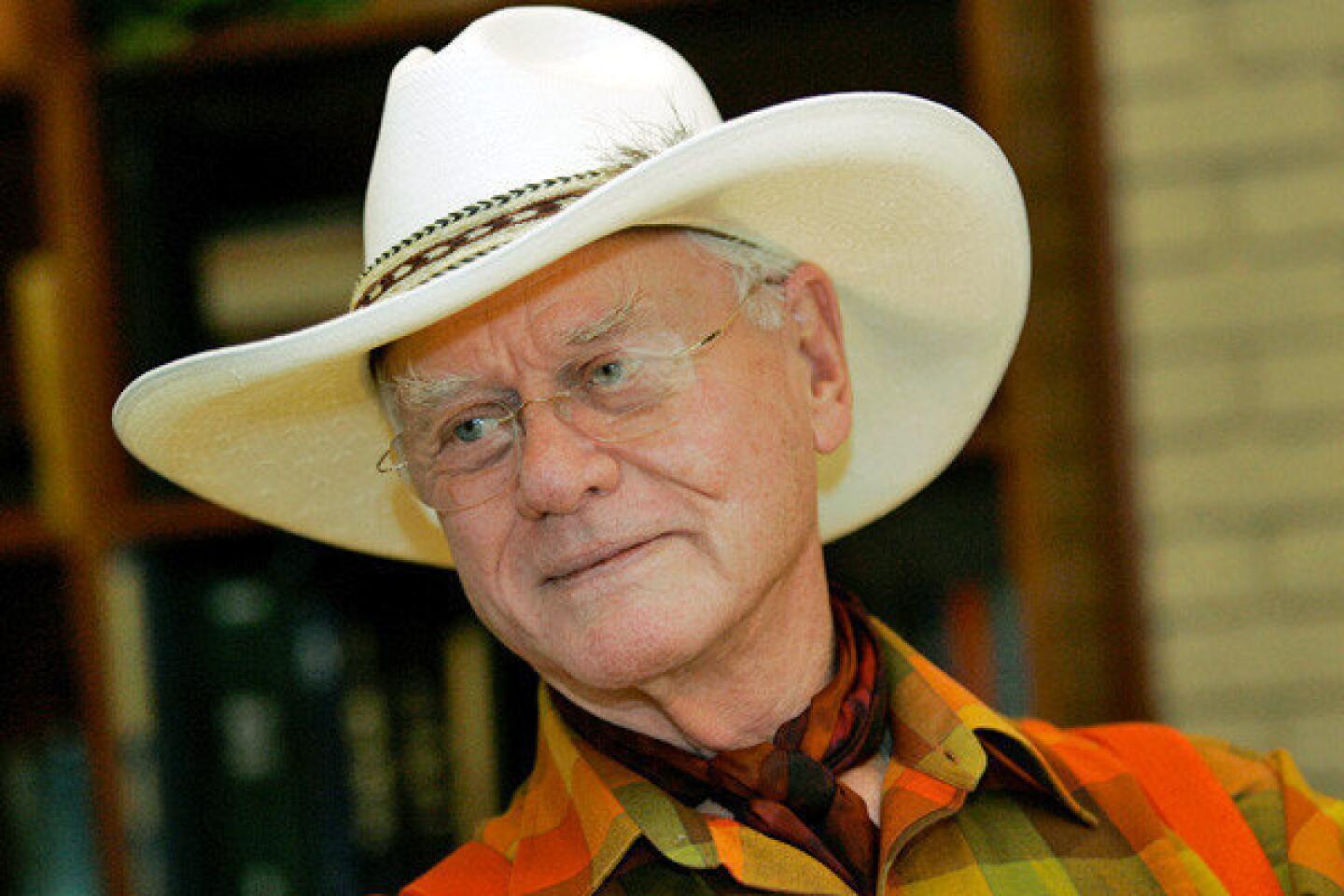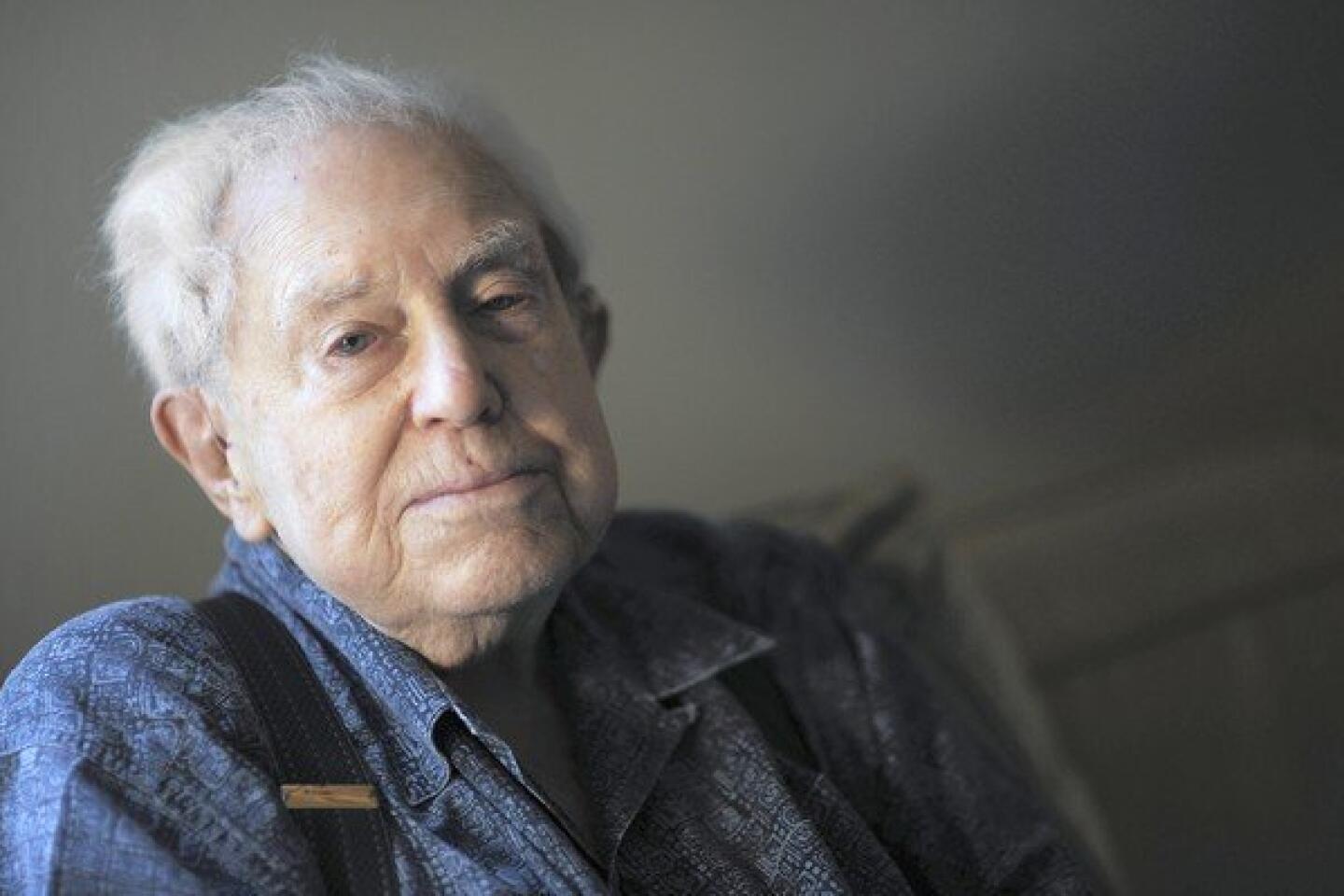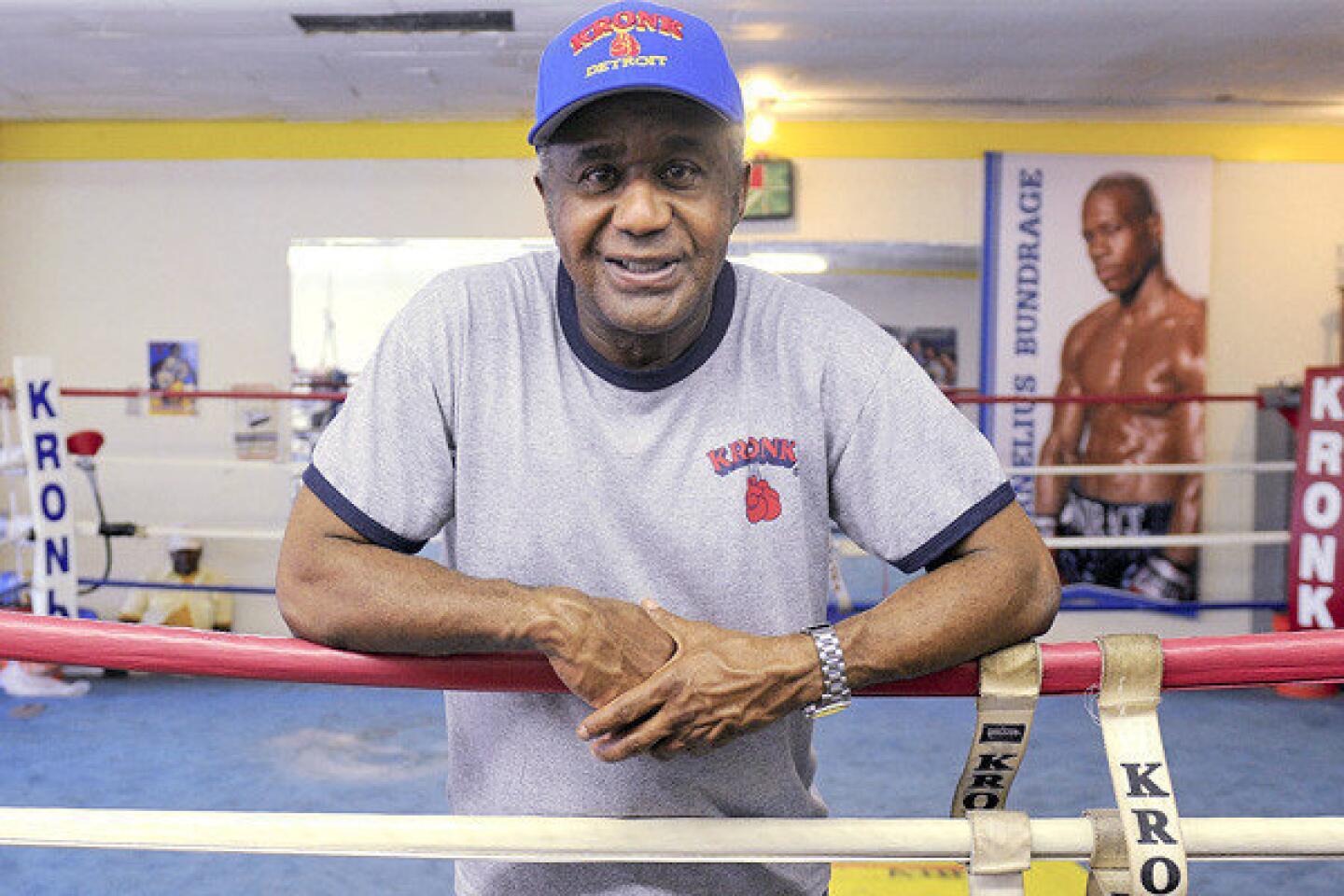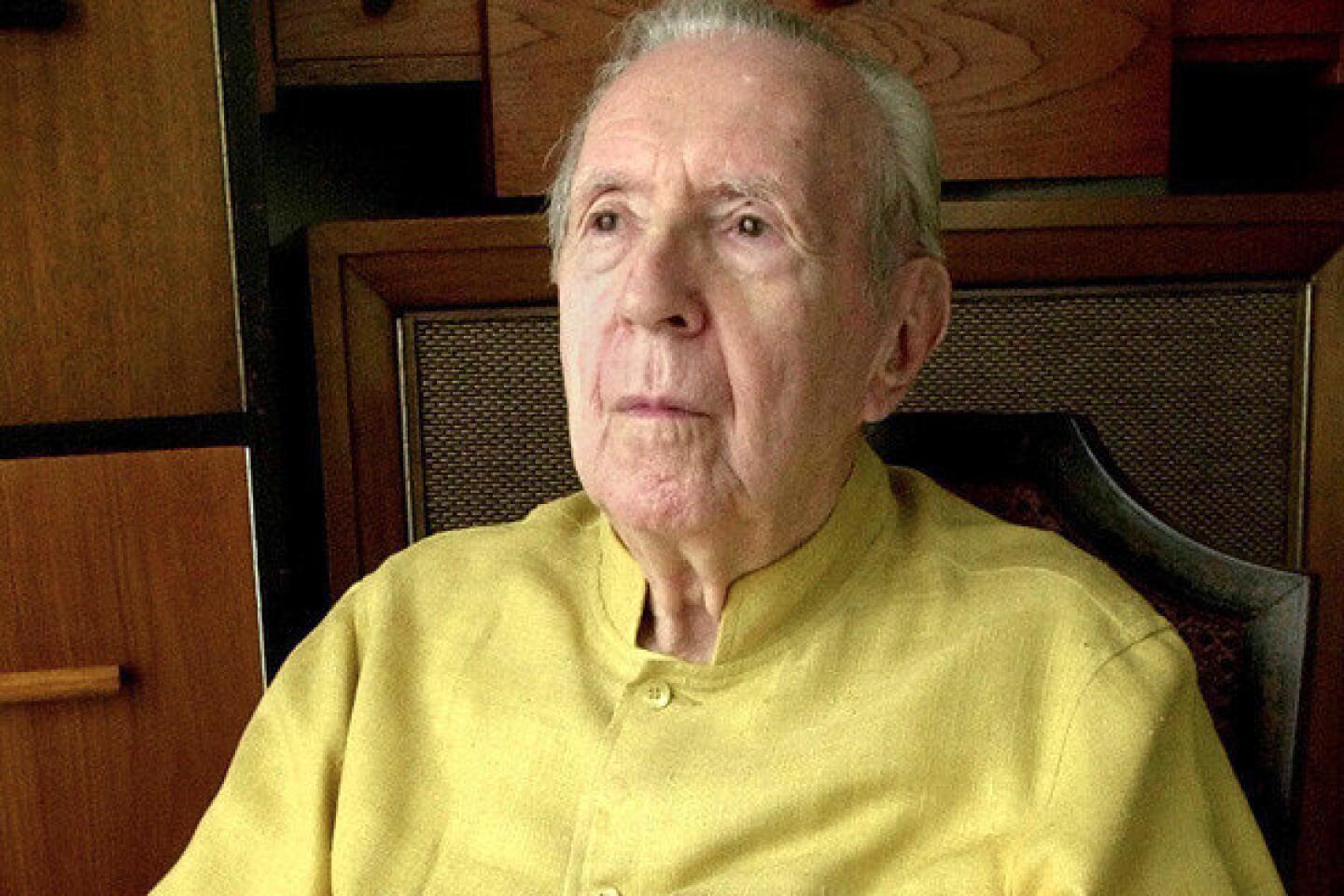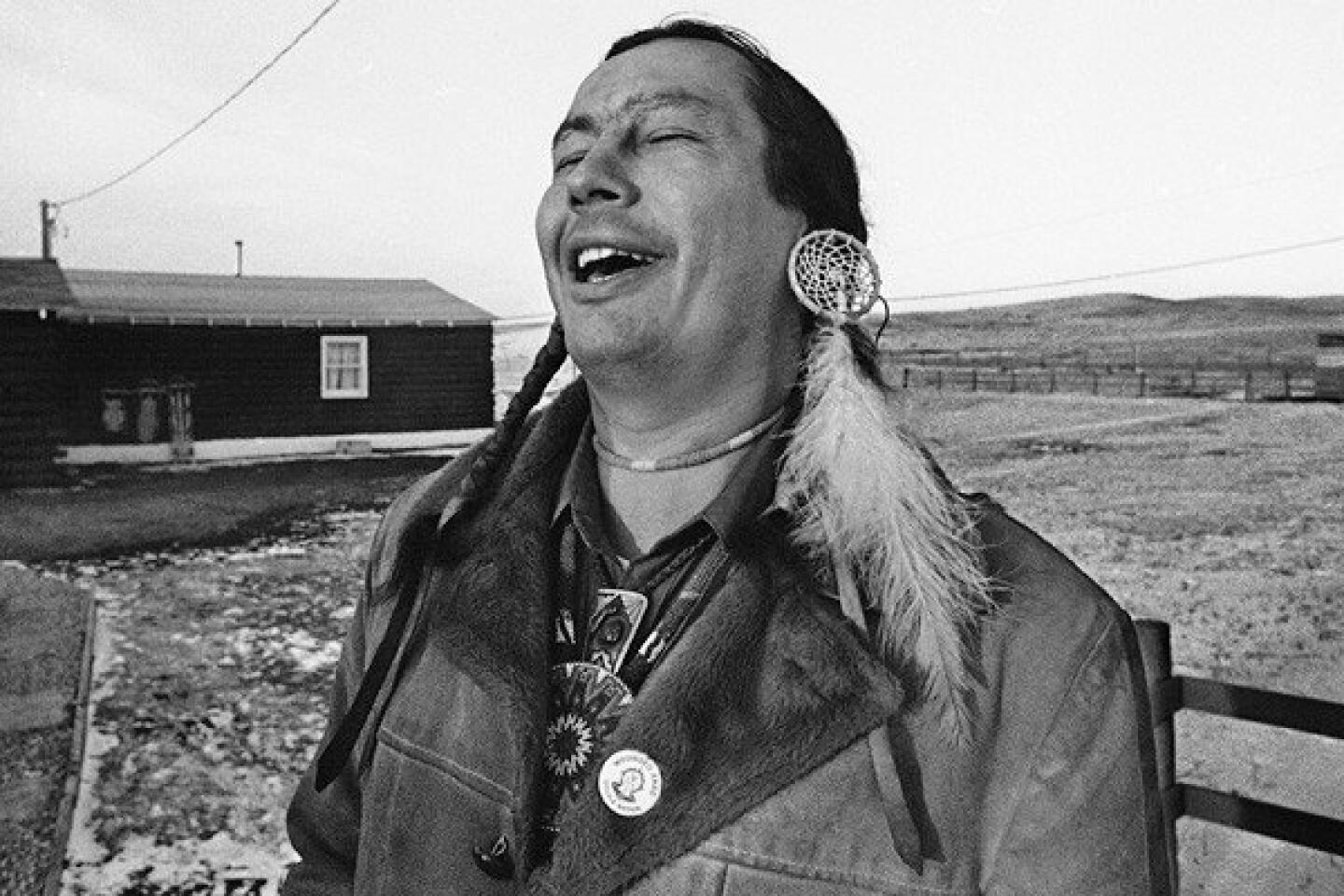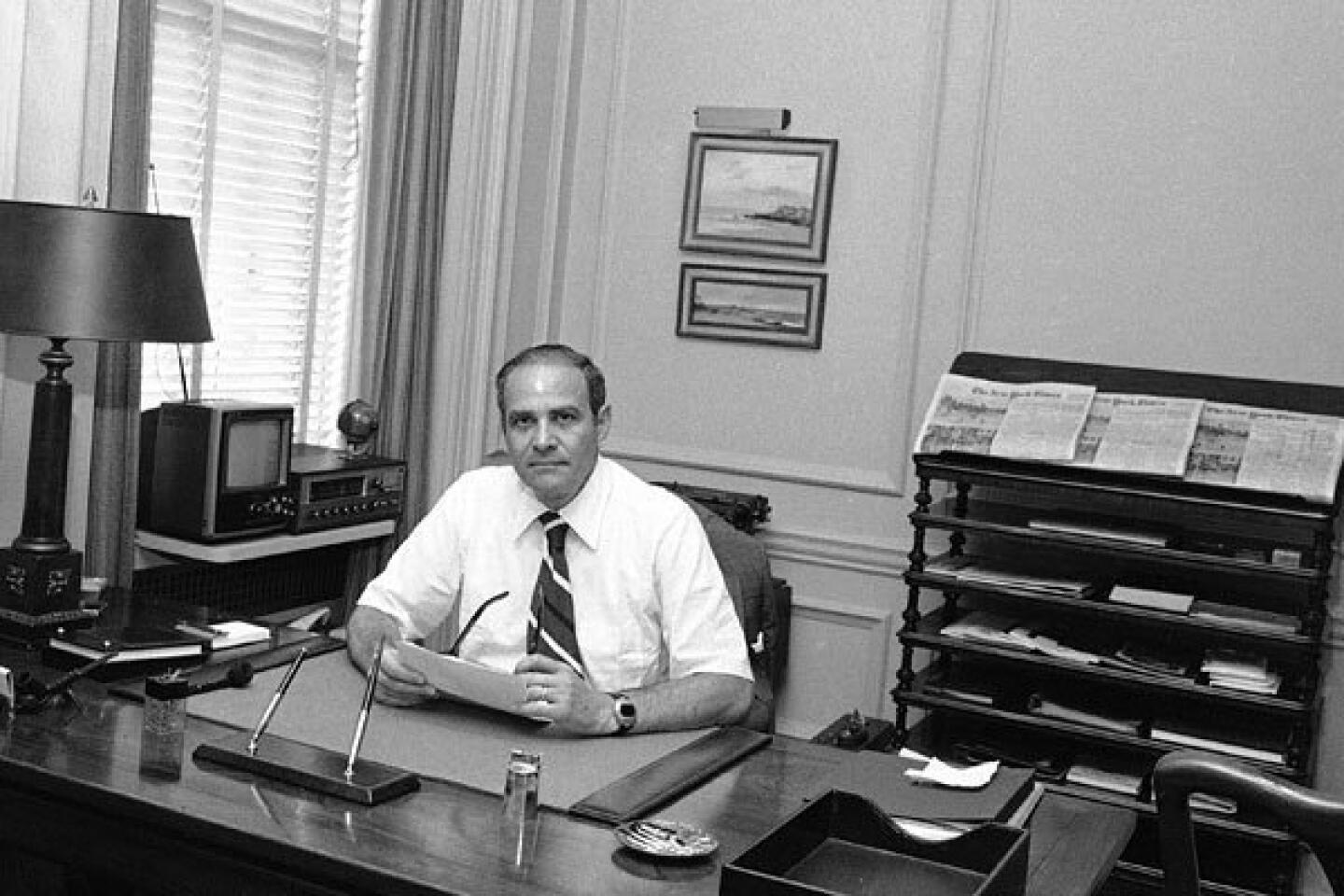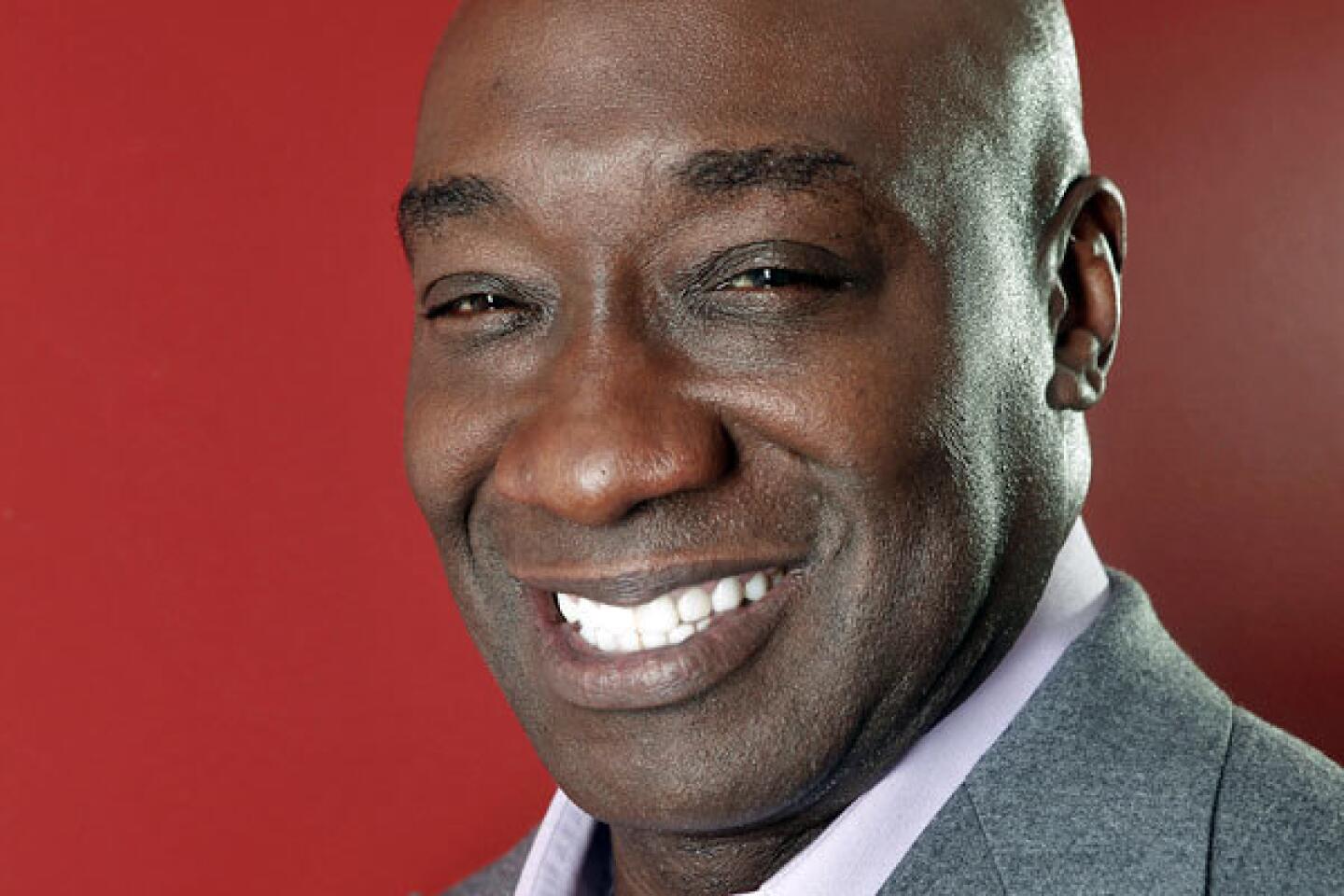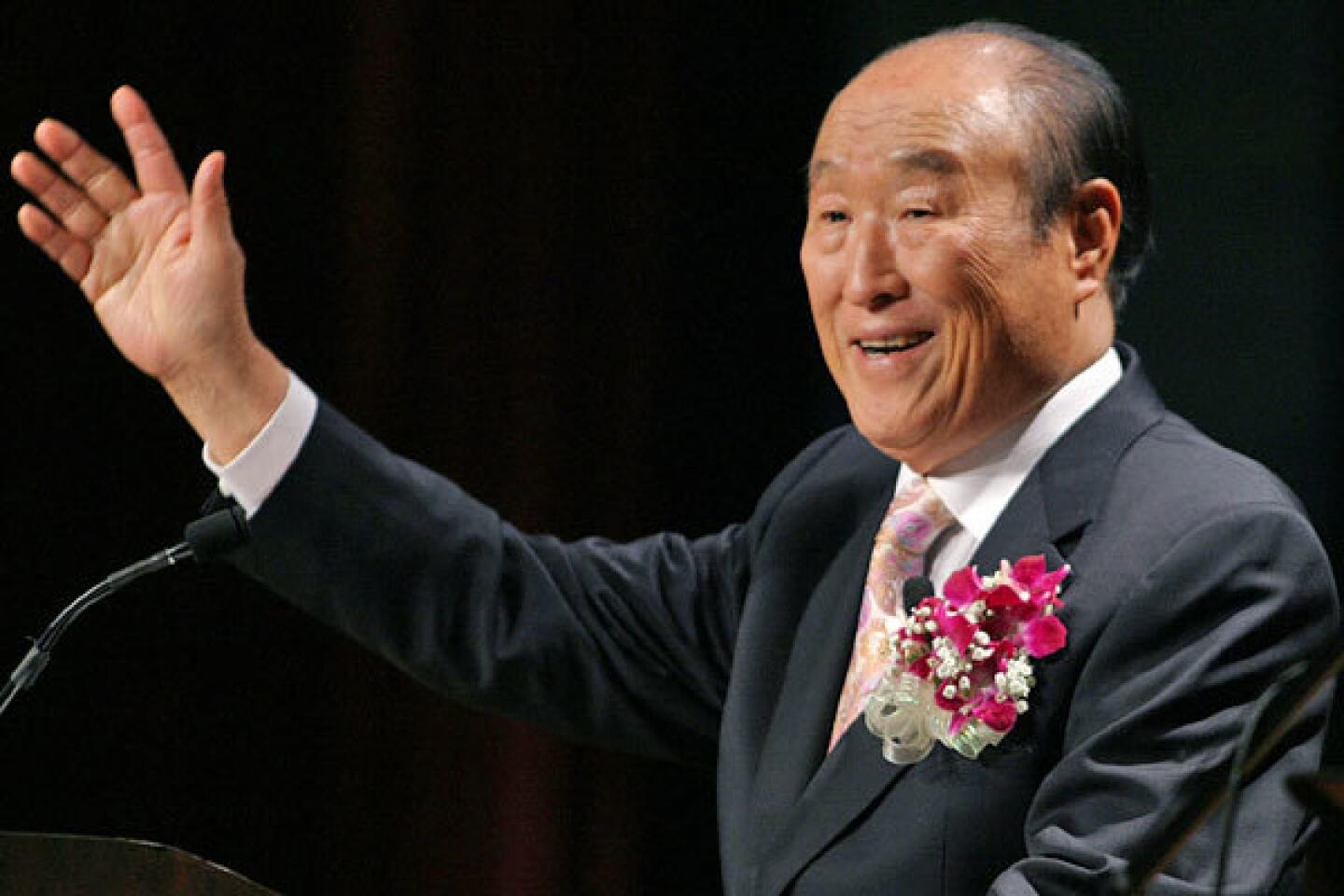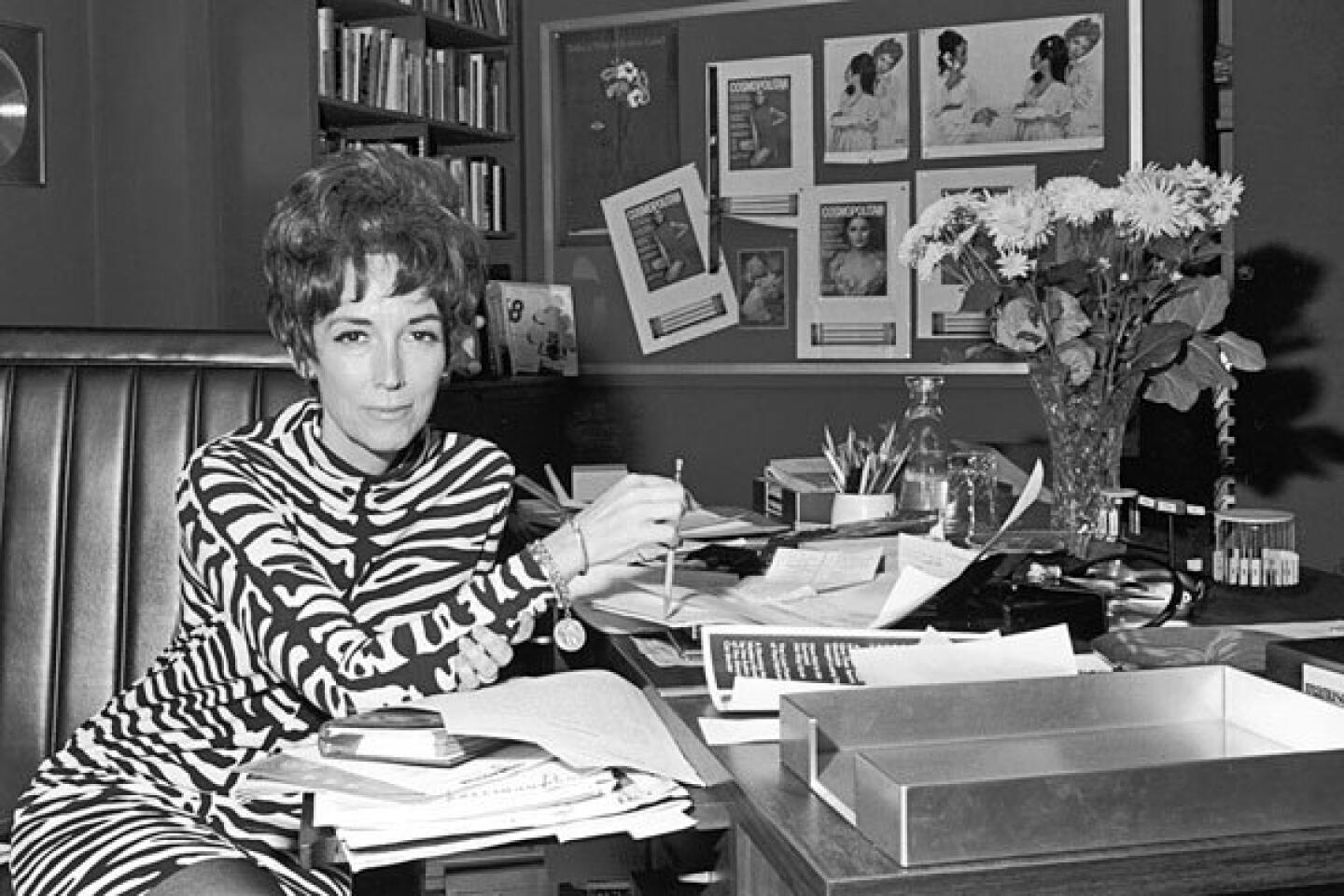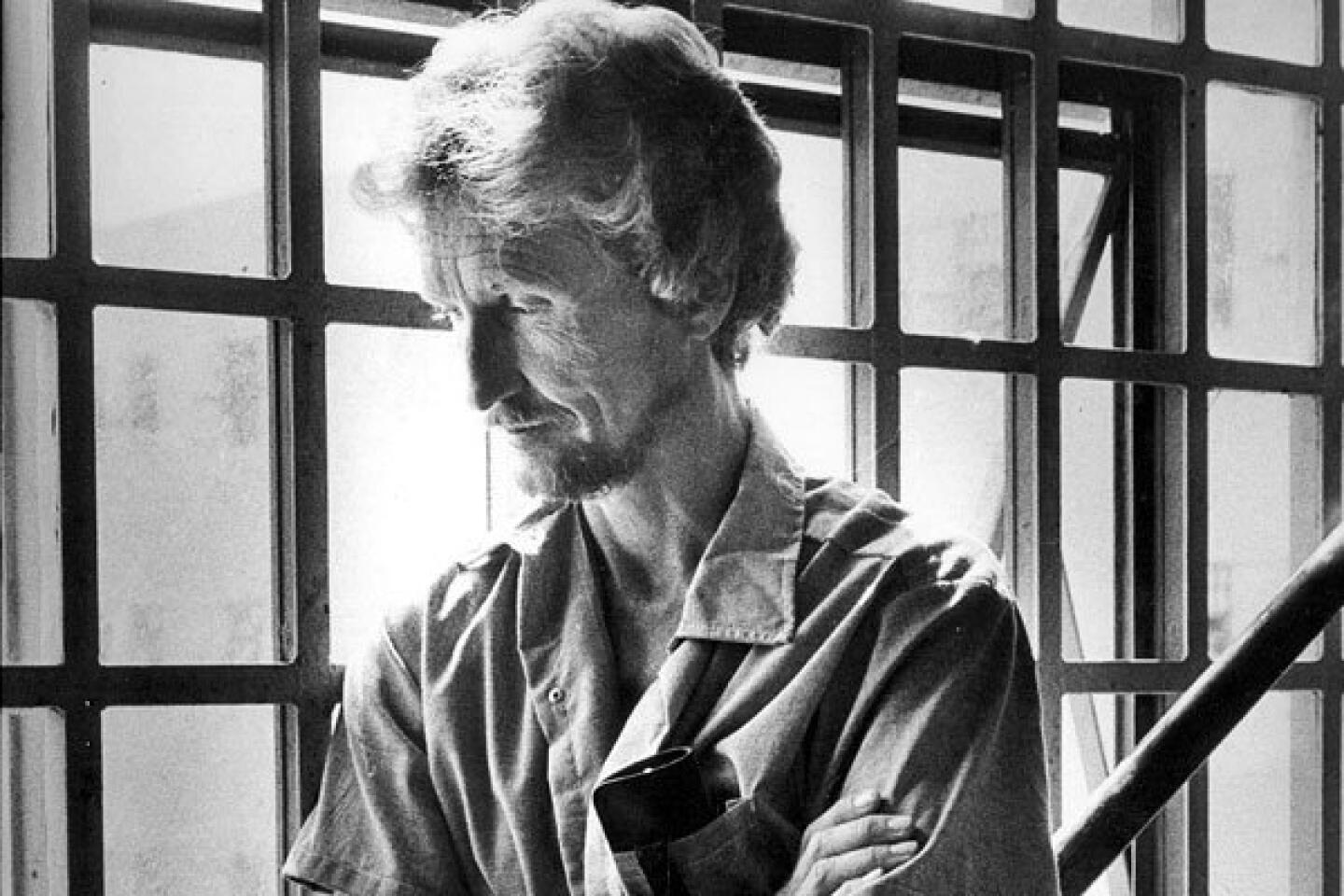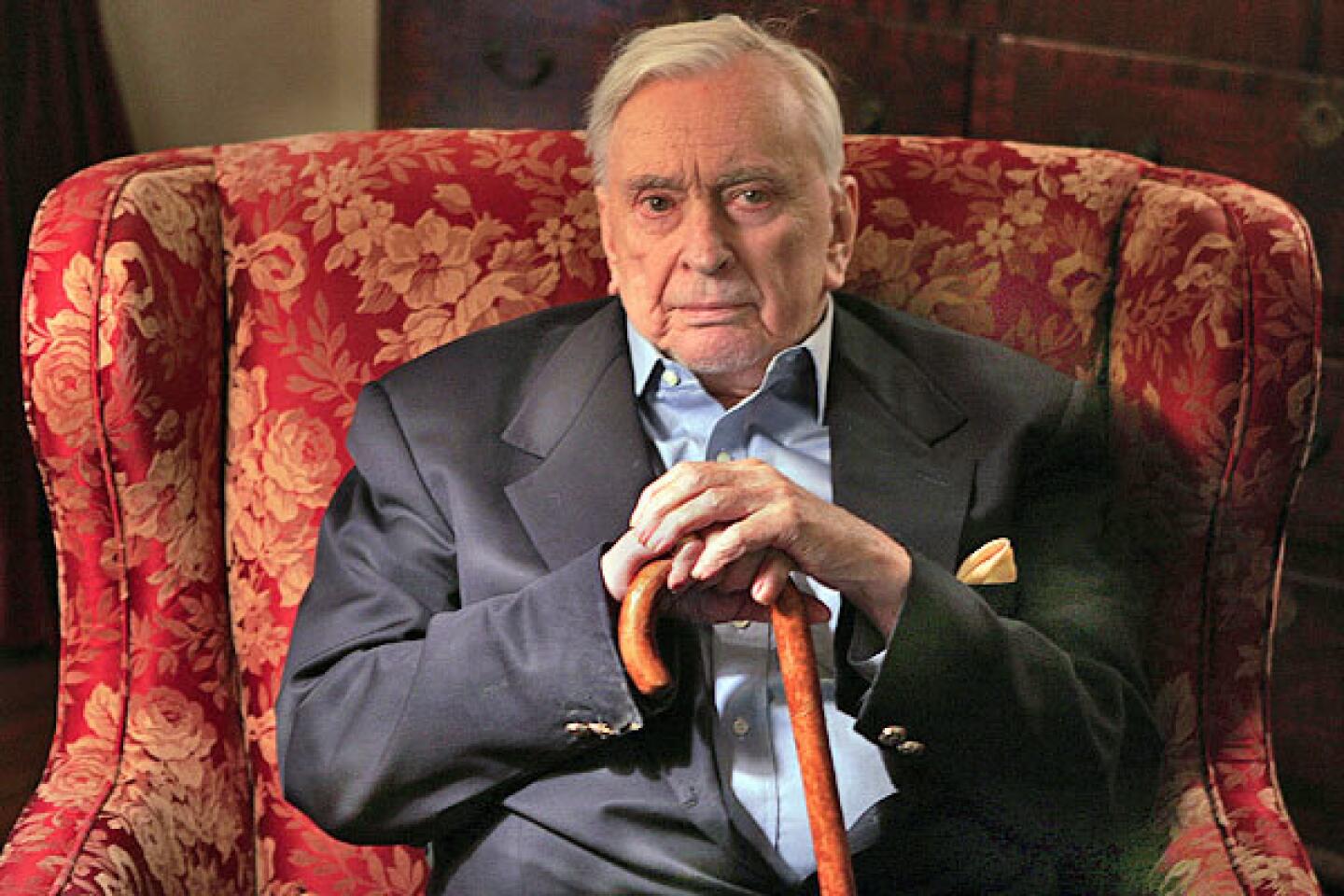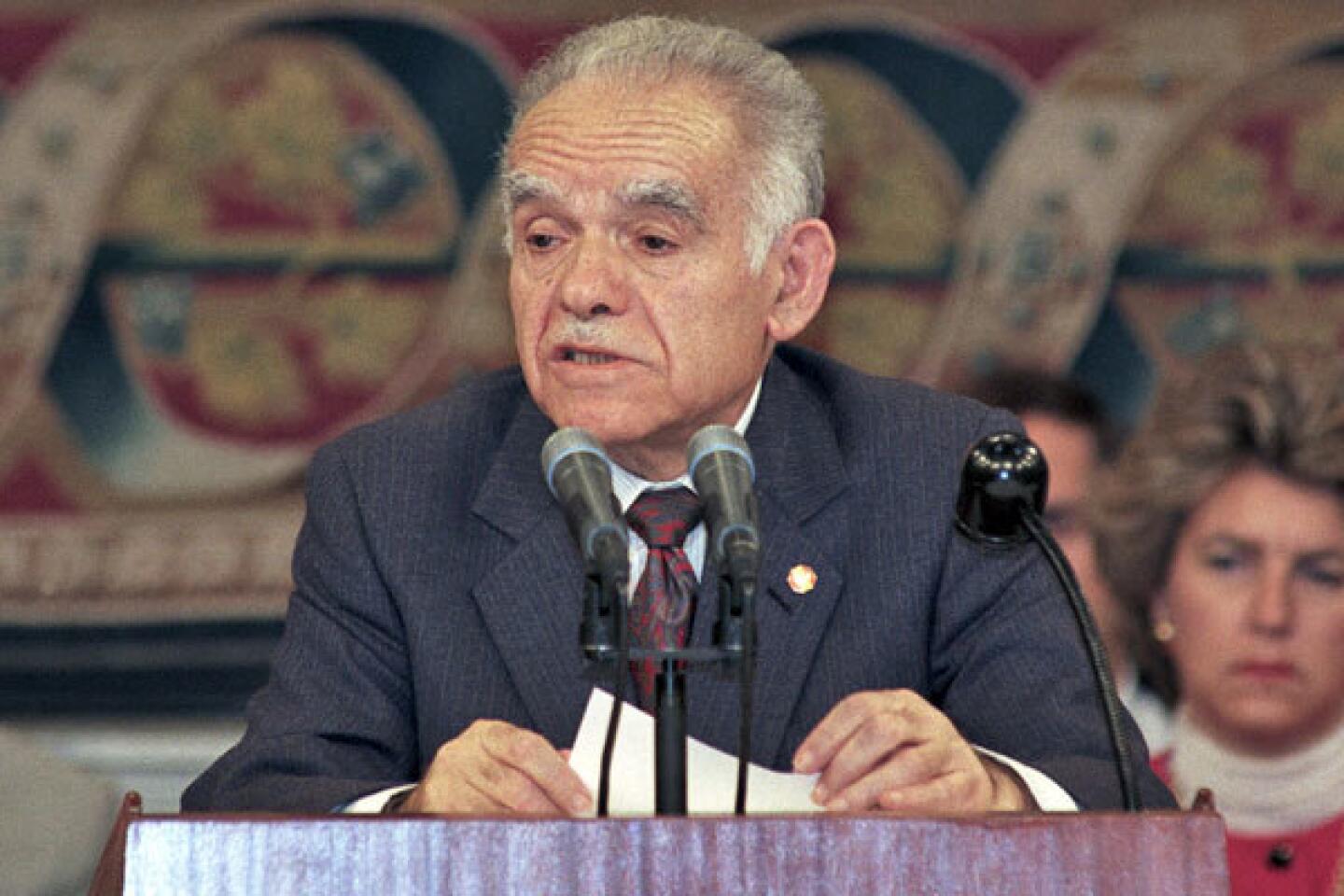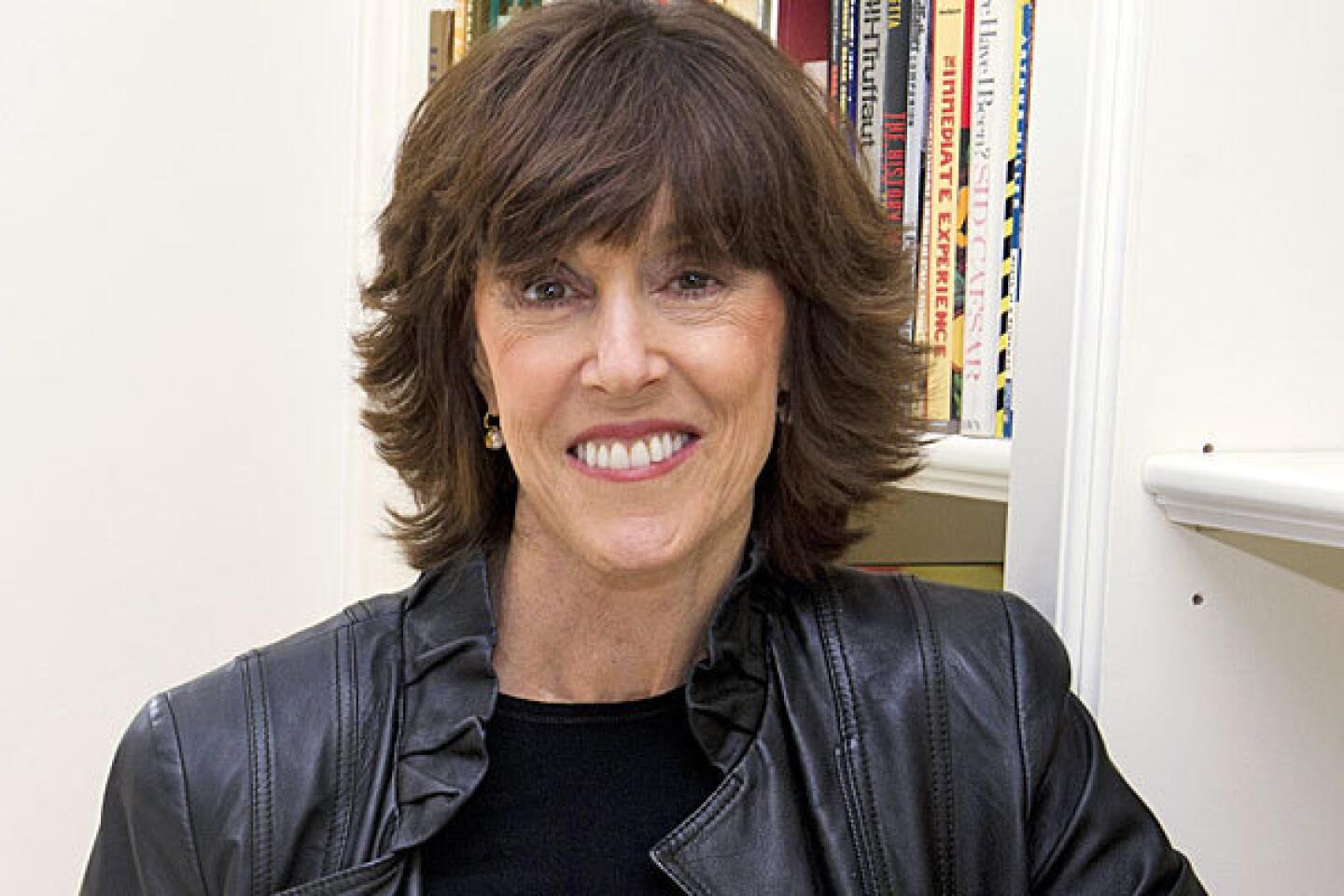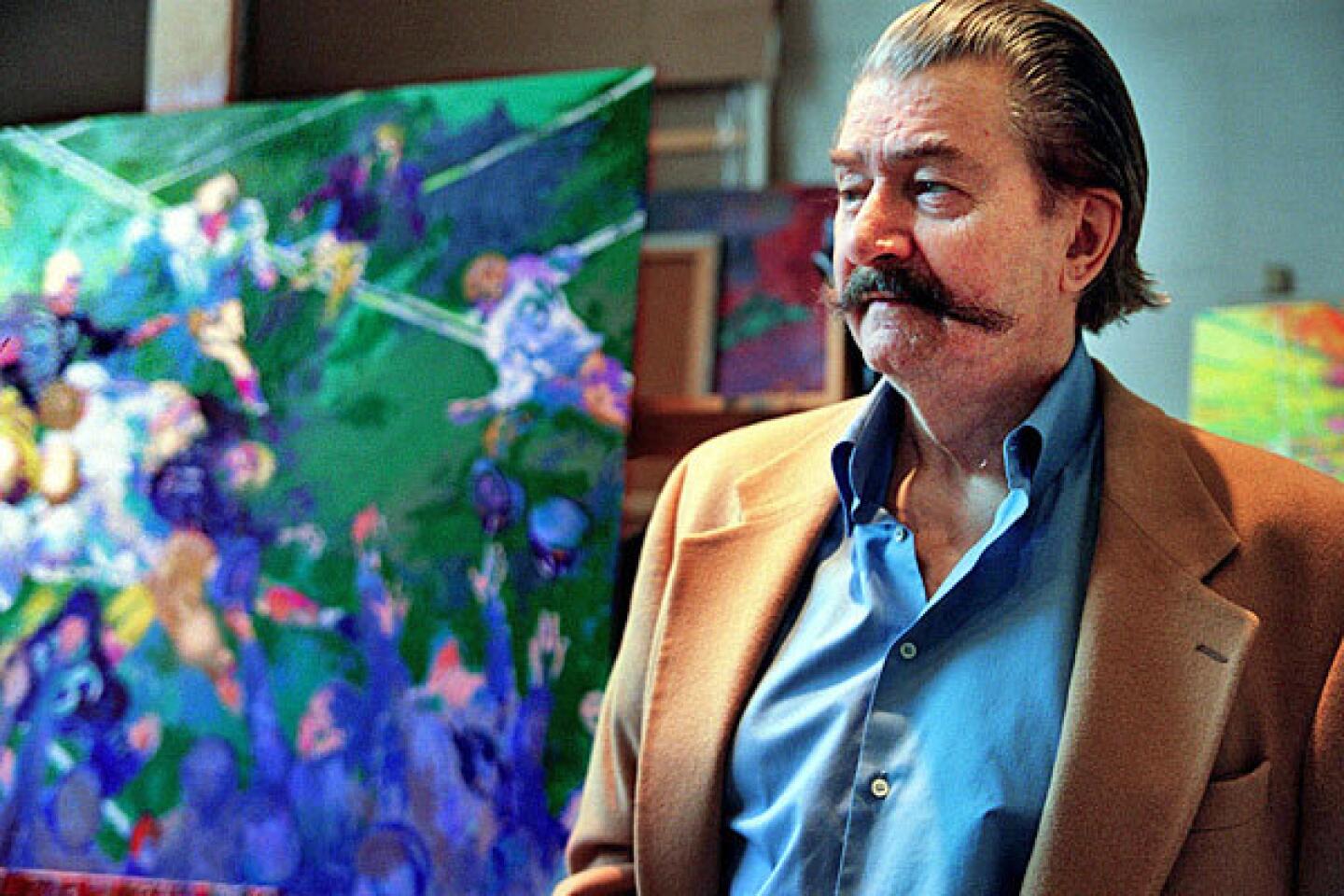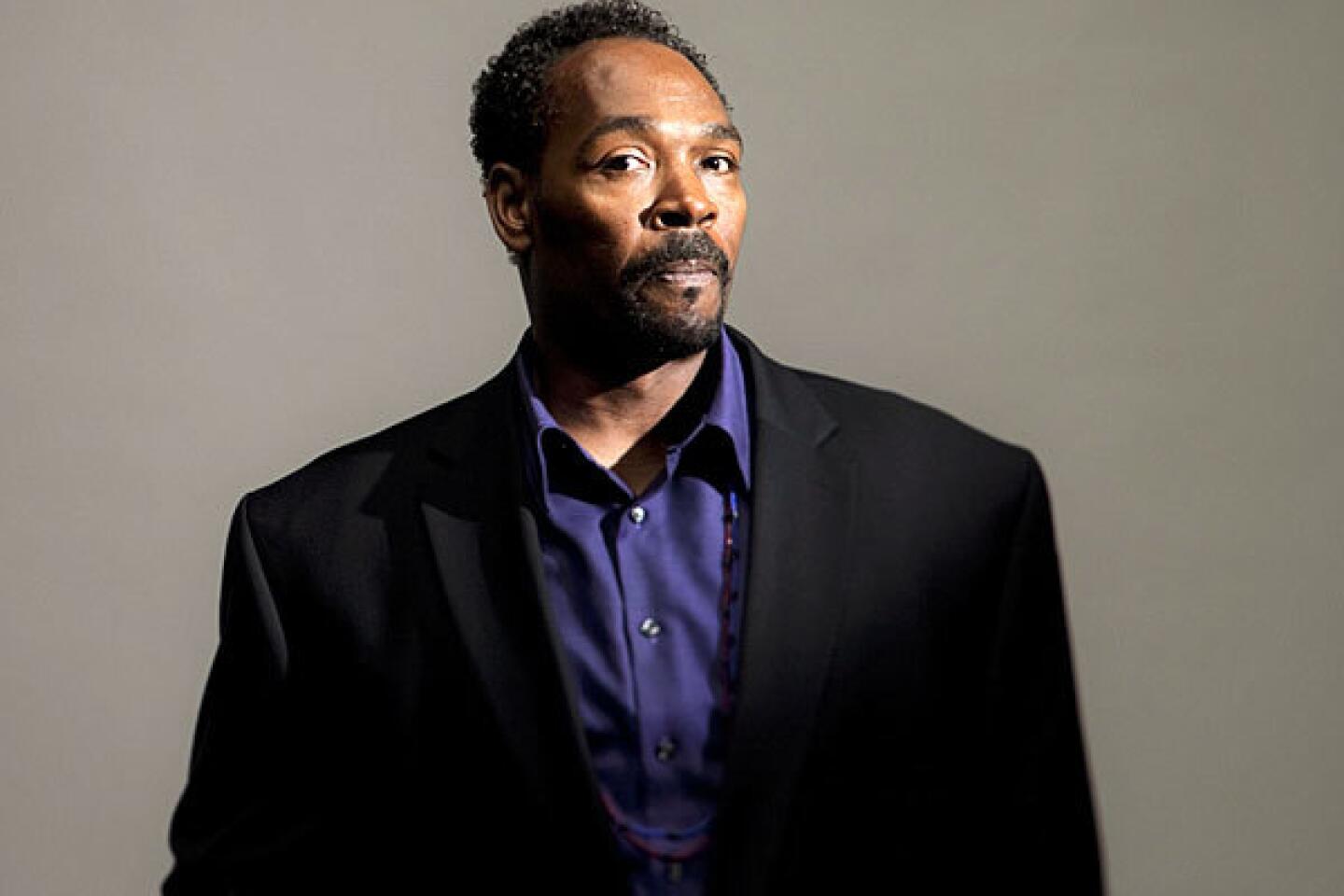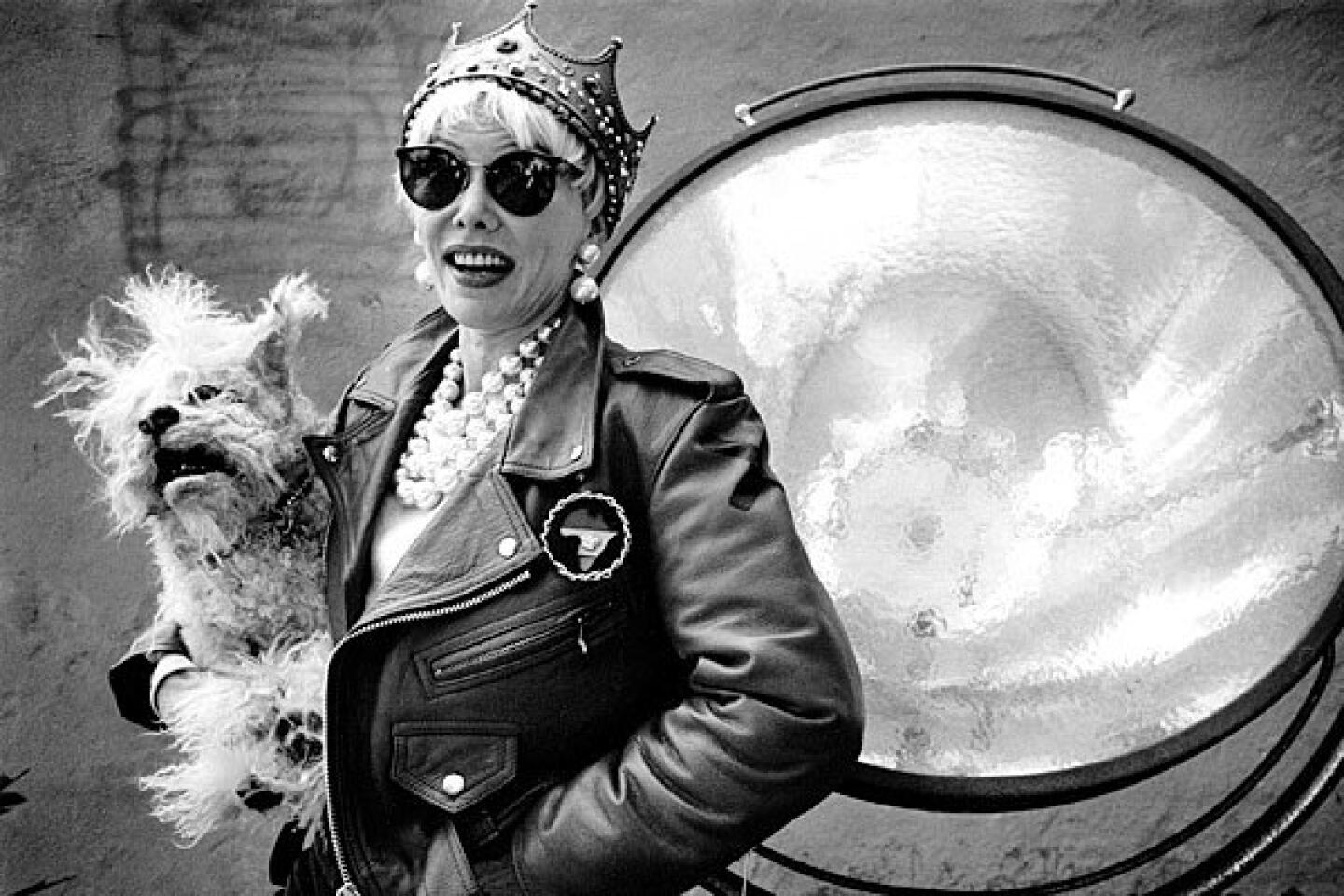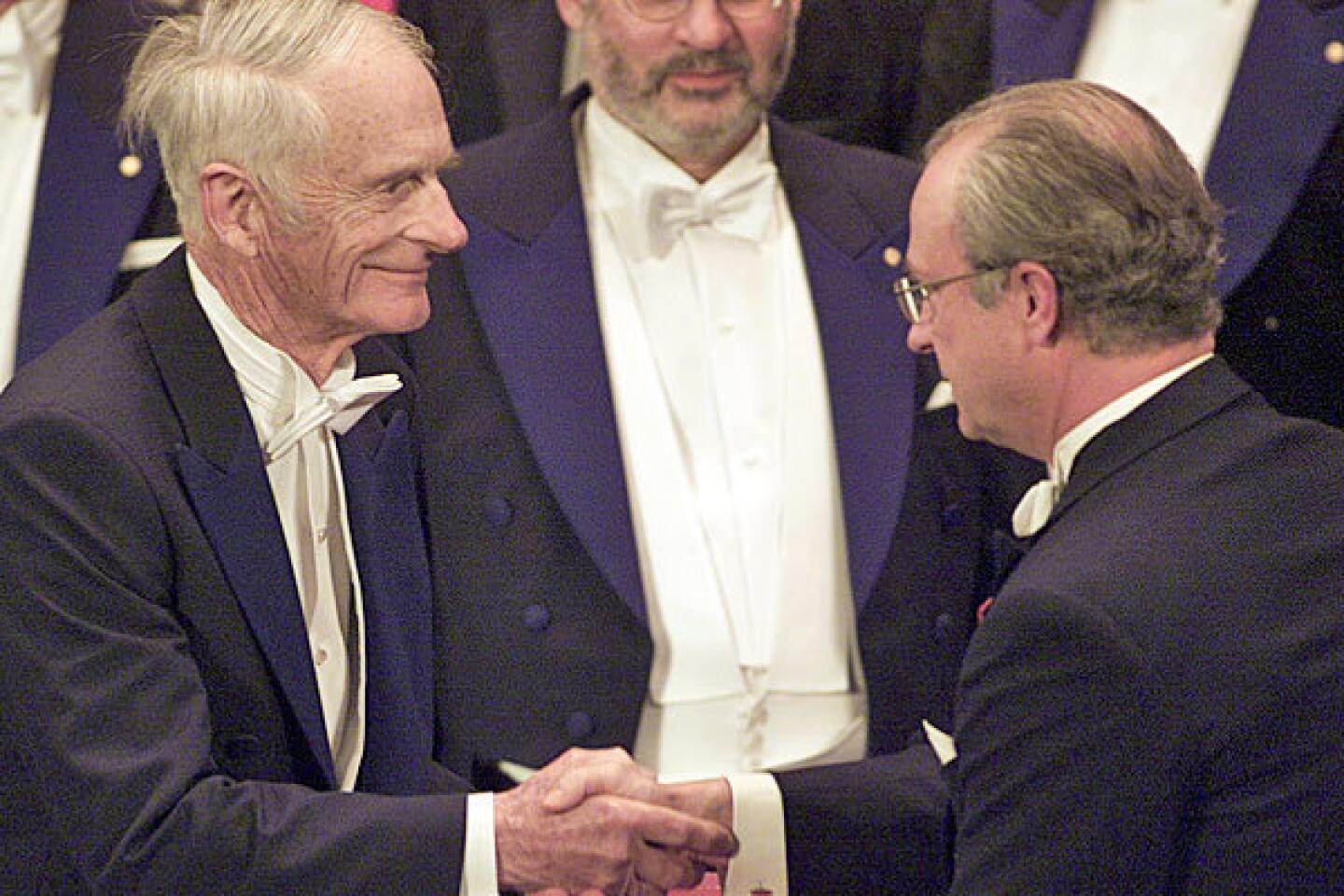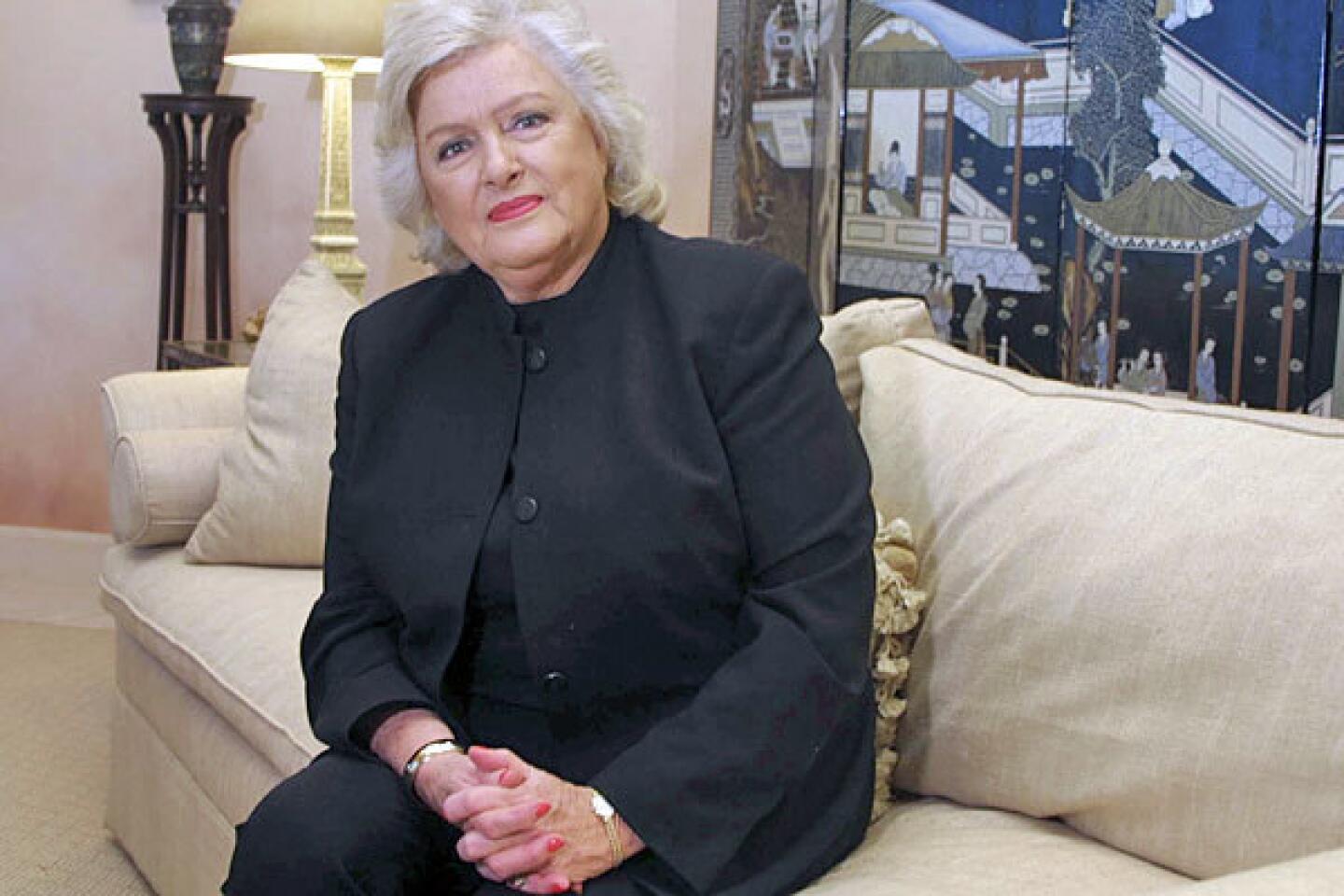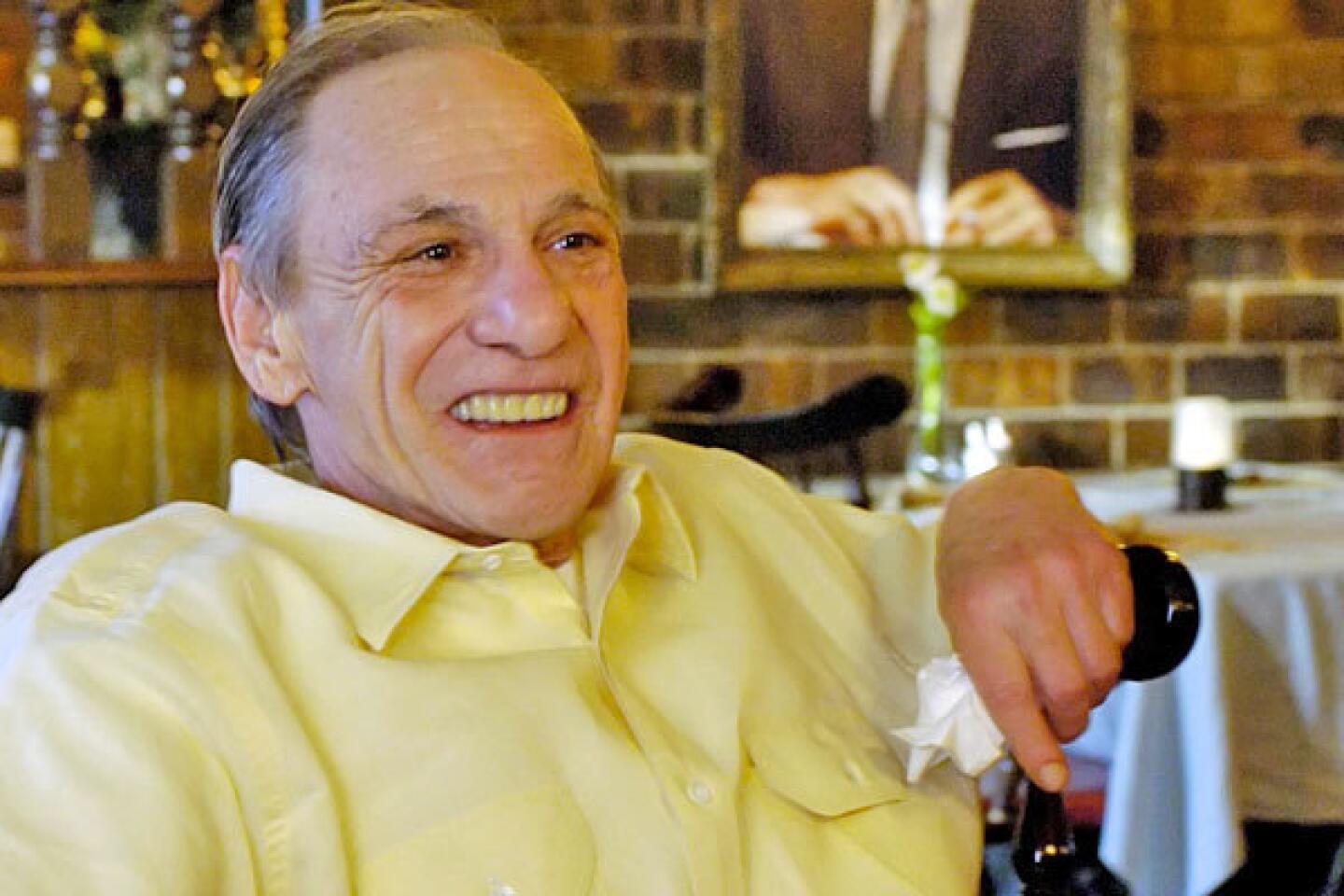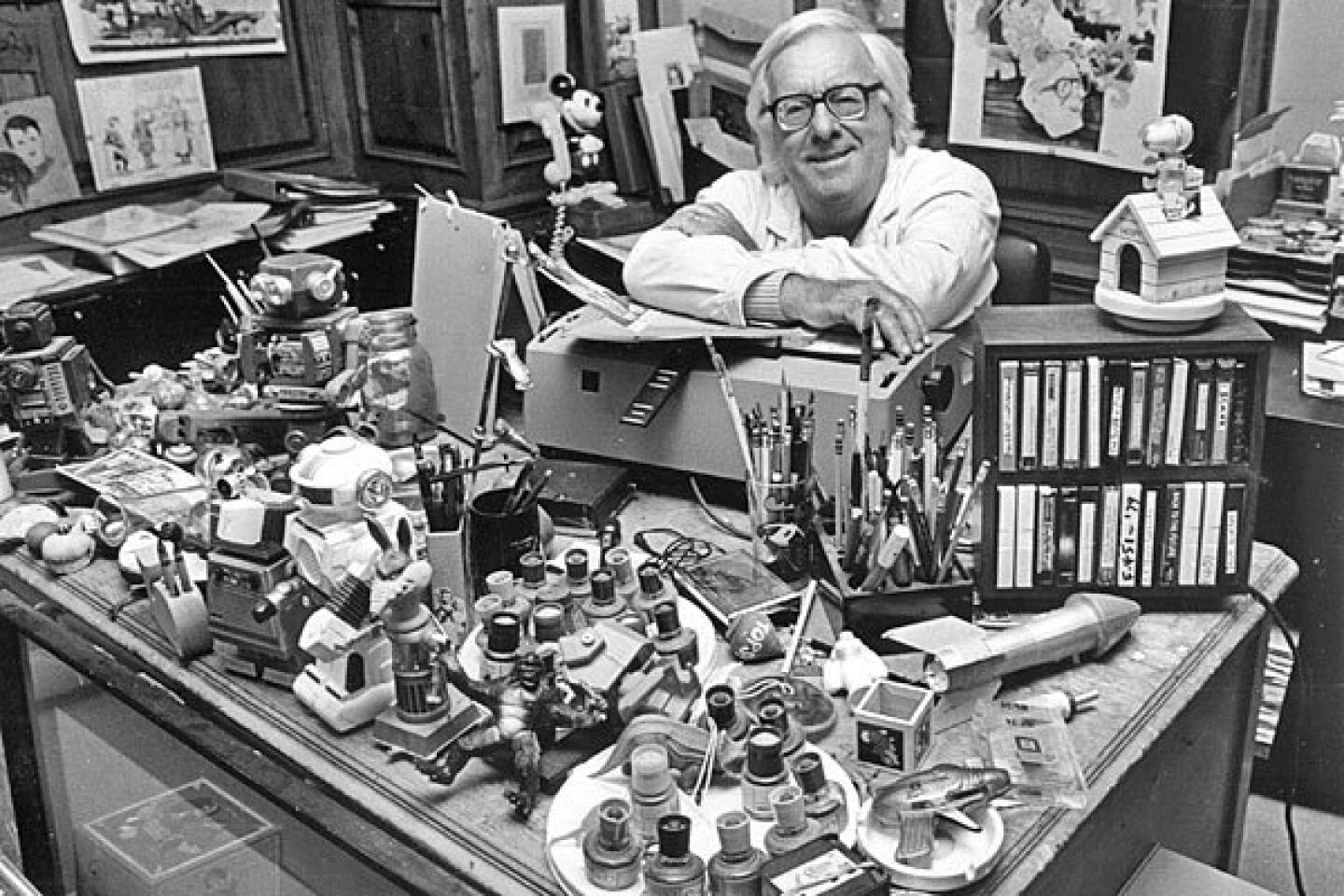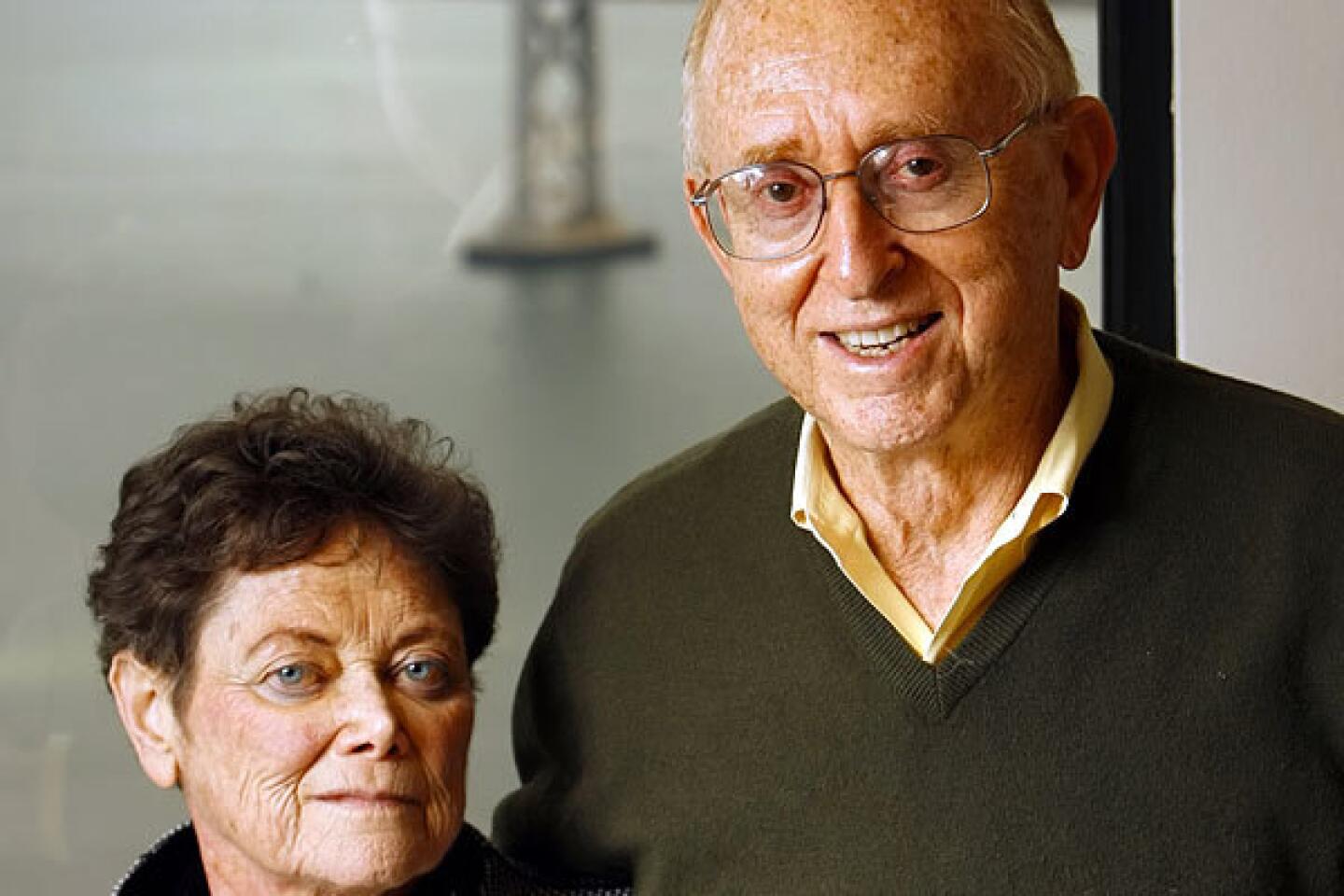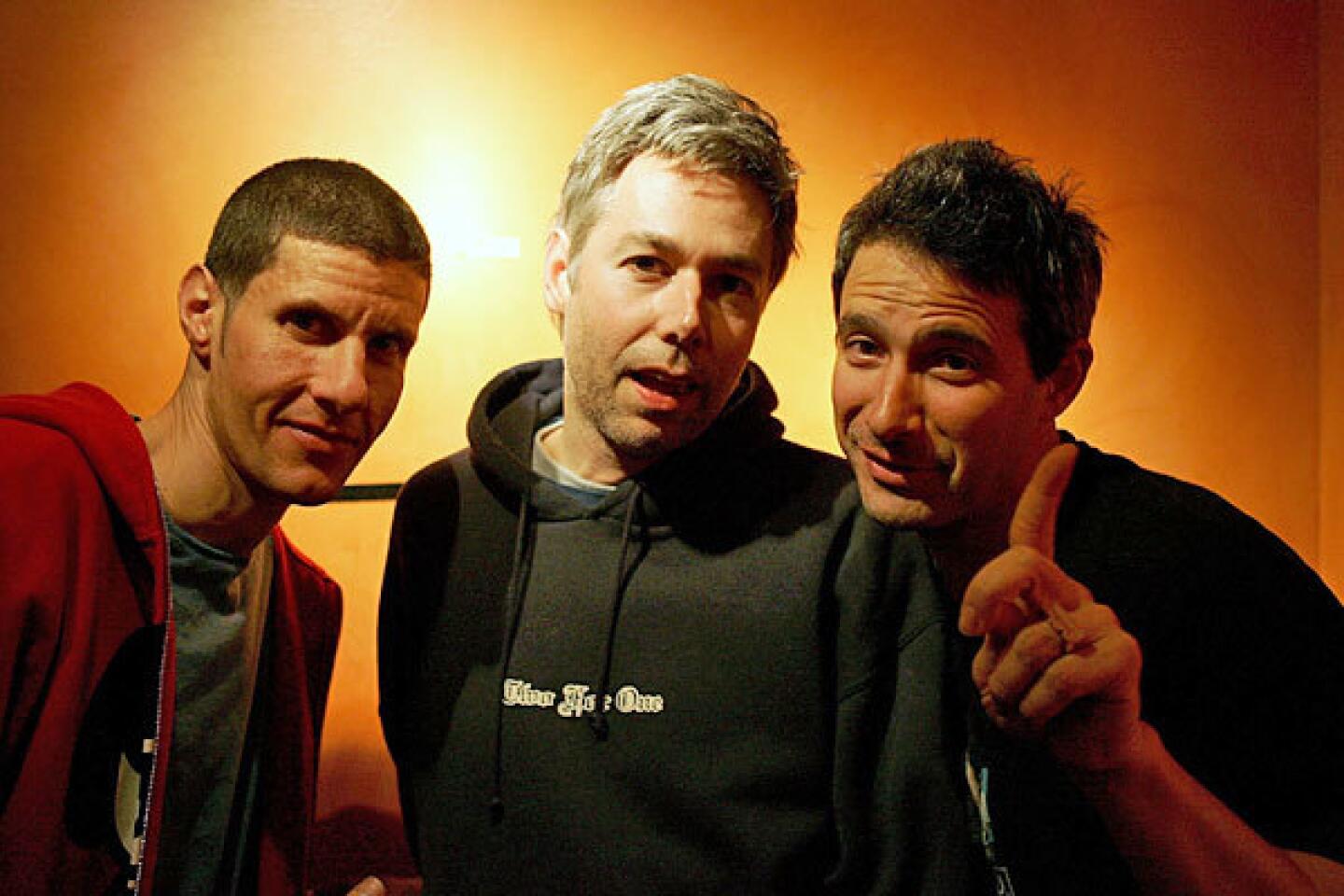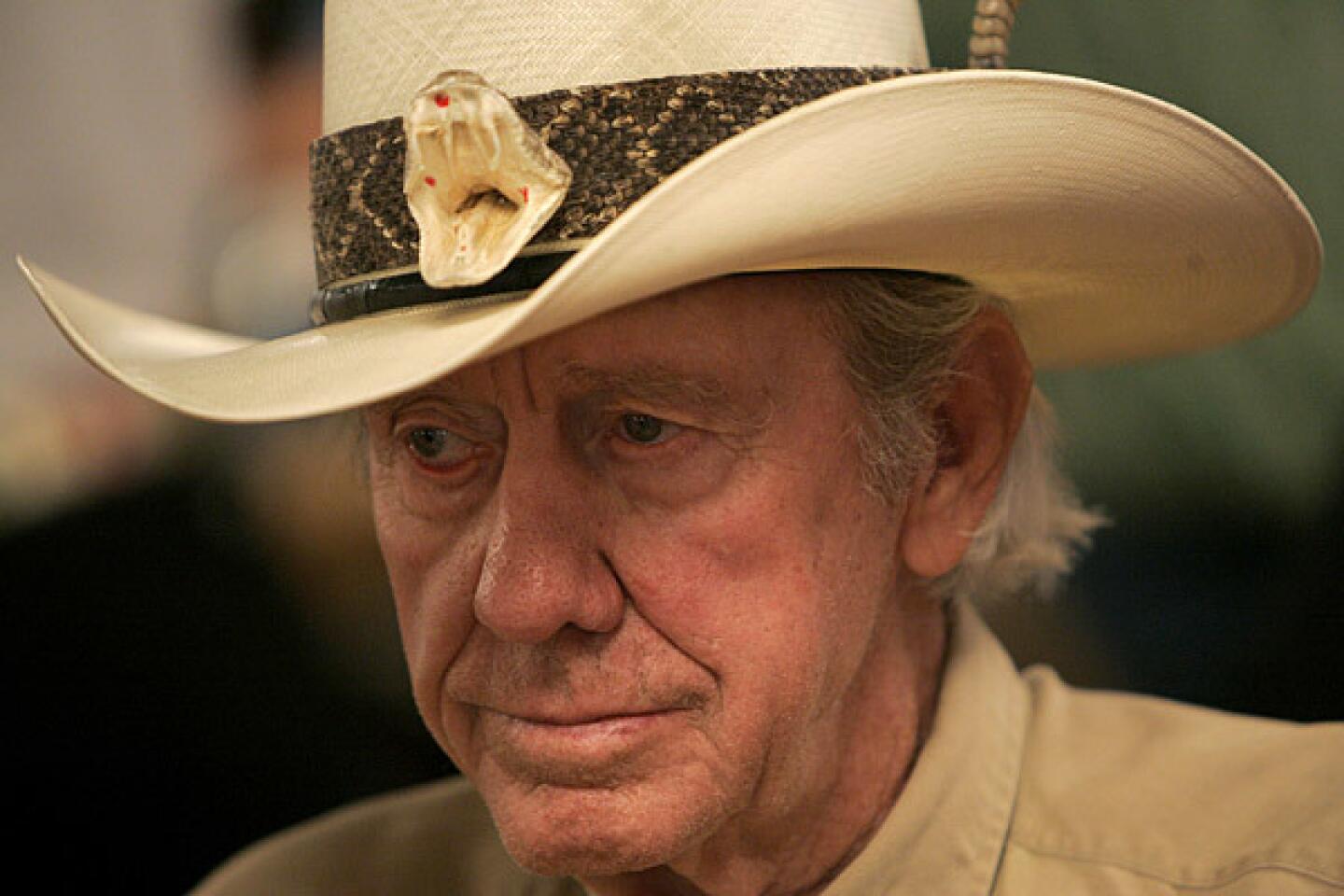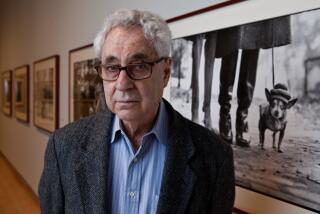Willie Middlebrook dies; photographer documented African American life
- Share via
Willie Robert Middlebrook, a photographer who sought to enlarge public perceptions of the African American community through painterly depictions of its people and places, died Saturday at Brotman Medical Center in Culver City. He was 54.
The cause was complications of a stroke suffered last month, said his daughter, Jessica Middlebrook.
Middlebrook’s death came just a week after the unveiling at the new Expo/Crenshaw Metro station of one of his largest public installations, a series of 24 mosaic panels based on his photographs. He was known for what he called photographic paintings, well-composed photos that he made more evocative by brushing the negatives with developing fluid, a method later replaced by digital enhancement.
The result was portraits full of urban energy, with faces peering “from beneath surfaces that suggest erosion, graffiti, peeling billboards and, ultimately, a symbolic struggle for identity,” the Chicago Tribune wrote in 1995.
Middlebrook often used self-portraits to explore conflicting ideas about identity, a theme that he could not escape as a heavy-set, 6-foot-tall black man who wore his hair in dreadlocks and turned heads whenever he entered a room.
“I’m a black man in America — a large, dark, black man with dreads — and I’ve never robbed, beaten or stolen,” Middlebrook, twice awarded fellowships from the National Endowment for the Arts, told The Times several years ago. “I’ve never been to jail, and if you put drugs in front of me I probably wouldn’t know what to do with them. And I know a lot of black folk like me. These are the kinds of images that need to be seen.”
His eye was drawn to black life in varied manifestations, including tender compositions of a grandmother and child and grittier images of police helicopters over Watts and live chickens waiting for slaughter on 103rd Street.
Middlebrook was “one of the most important contemporary photographers working today, even though he has not had the recognition,” said Kent Kirkton, director of the Institute for Arts and Media at Cal State Northridge, which featured some of Middlebrook’s early photographs in a show held in conjunction with the region-wide exhibition Pacific Standard Time. His work has been featured in more than 200 solo and group shows and collected by major museums, including the Los Angeles County Museum of Art and the Art Institute of Chicago.
“What he has done so successfully that many others have not done is he has bridged the gap between … fine-art photography and documentary photography,” Kirkton said. “What makes it so important is he never lost his commitment to his community and who he is. His contemporary work makes powerful statements about the life of African American people.”
Born in Detroit on Aug. 11, 1957, Middlebrook moved to Los Angeles with his family when he was 3. Encouraged by his parents to express himself as an artist, he studied at Compton College, Art Center College of Design and the Communicative Arts Academy founded by assemblage artist John Outterbridge.
Middlebrook helped set up the academy’s darkroom and “he never came out. It was so fulfilling for him,” Outterbridge said. “He was one of the most gifted and knowledgeable photographers in the country. His presentations photographically were larger than life, not only because of the uniqueness of the compositions but his way of thinking about the world and his very innovative process. He did large-scale things.”
Middlebrook worked as an administrator at a number of local arts organizations, including the Los Angeles Photography Center, the Children’s Gallery at Barnsdall Park in Hollywood and the Watts Towers Art Center.
He frequently focused his lens on his family and friends, suggesting his deep personal bonds with loved ones and their shared ethnic heritage.
At the center of one of the mosaic panels at the Expo/Crenshaw station is the face of his granddaughter, Kerri Powell, caught in a fierce moment, her eyes squeezed shut and her mouth open in a scream or cry. A calm third eye gazes out from her cheek. “He used to say, ‘It’s all in the eye.’ He was very fascinated with the uniqueness of our eyes,” Jessica Middlebrook said.
His survivors include three brothers, five children and seven grandchildren. A celebration of his life is planned for May 17 at the Watts Labor Community Action Committee, 10950 S. Central Ave. For more details, email middlebrook_jessica@yahoo.com.
More to Read
Start your day right
Sign up for Essential California for the L.A. Times biggest news, features and recommendations in your inbox six days a week.
You may occasionally receive promotional content from the Los Angeles Times.


